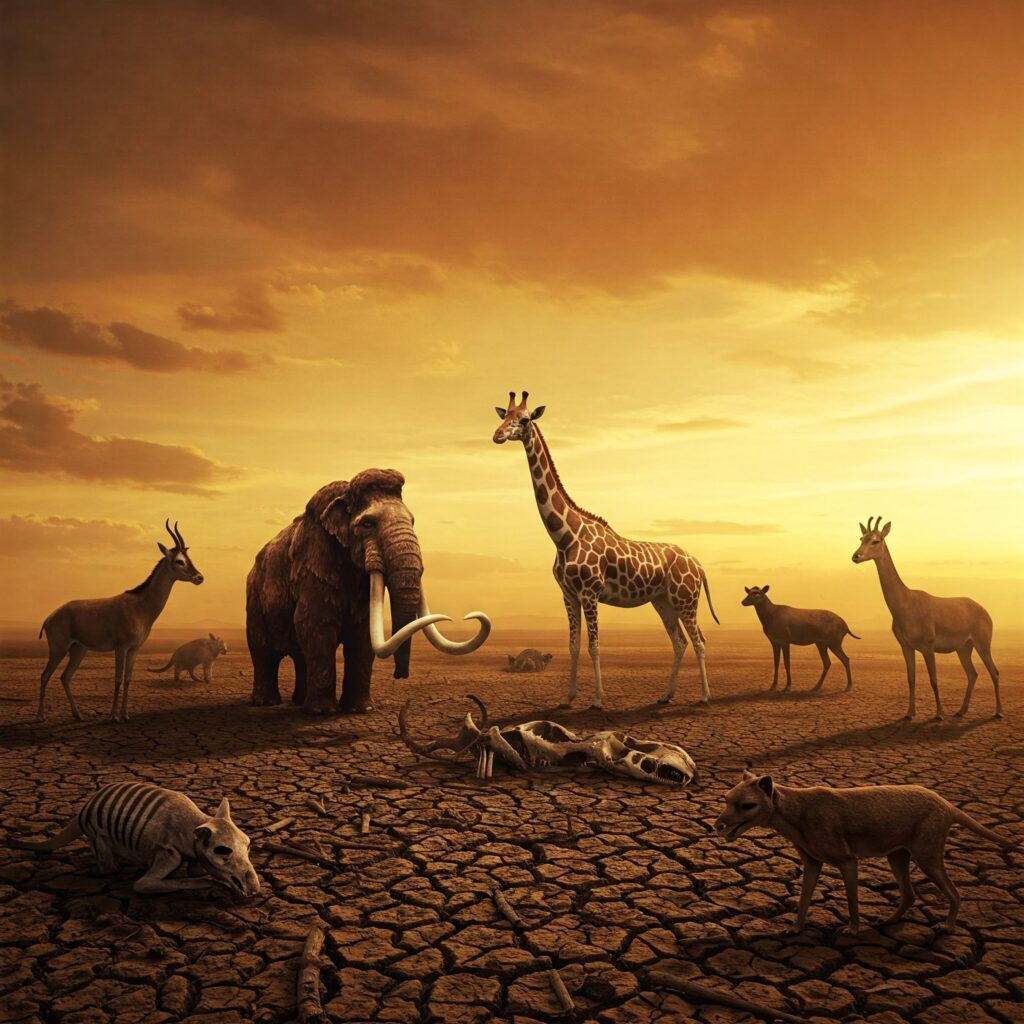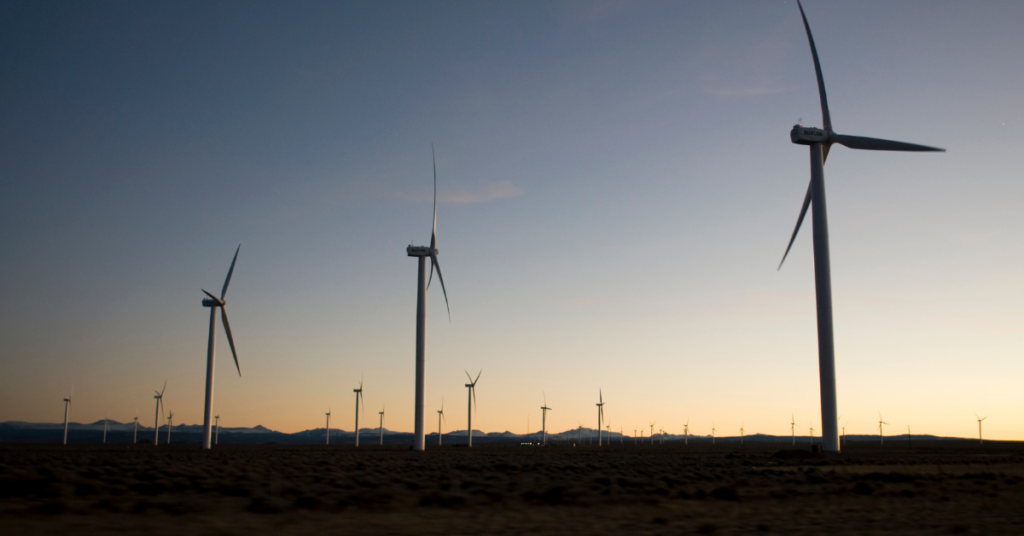Use some of these well-researched facts in your soil pollution essay to stand out from the crowd

“Never doubt that a small group of thoughtful, committed citizens can change the world; indeed, it is the only thing that ever has”
~Margaret Mead
Soil Pollution Definition
What is soil pollution? The problem of pollution is not confined to the sky only, the soil which is involved in the growth of fruits, vegetables, and plants, is also in the clutches of pollution. The need of the hour is to understand the existence of soil pollution. The surrounding ecosystem is also facing the threat with the occurrence of soil pollution.
Though there are multiple factors contributing to soil pollution, the three primary soil pollution causes that stand out are:
- Poor management of waste disposal
- Industrial activities
- Agricultural activities
Soil Pollution Effects
Soil Pollution is a cause of concern because it can affect the surrounding ecosystem and can cause negative consequences on plants, animals, humans, and all living beings.
The food chain can be a great source in passing the consequences of soil pollution. If herbivores consume the plants that are grown in polluted soil, the risk of passing harmful effects increases considerably. Polluting our soil is polluting our future, therefore it really becomes a cause of concern.
SOIL POLLUTION FACTS AND INFORMATION
1) Soil is a living system. It has six different layers called horizons.
2) Interestingly since the soil is a living system it can therefore die.
3) Soil holds potential medical function and possible cures.
4) Soil microorganisms are capable of breaking down and denaturing certain toxic compounds and contaminants resulting from many human activities.
5) All soils, whether polluted or unpolluted, naturally have a variety of contaminated components.
6) Levels of contaminant vary depending on soil depth.
7) Soil pollution happens when the naturally present contaminated components merge with the components that get into it from the atmosphere, thereby exceeding the natural level of soil contaminant.
8) Littering on soil and land has affected birds and animals to such an extent that 80% of the dead birds and animals have some form of plastic wastes in their stomachs.
9) We all know that soil pollution is caused by two causes – natural and man-made pollutants but did you know that the man-made causes of soil pollution are termed anthropogenic causes.
10) Anthropogenic activities represent the main sources of point-source soil pollution.
11) The chemicals used in or produced as by-products of industrial activities, domestic wastes, and petroleum-derived products are some main anthropogenic sources of soil pollution.
12) One of the major incidents of soil pollution caused by natural pollutants is the accumulation of higher levels of perchlorate in soil from the Atacama Desert in Chile.
13) Some pollutants that could poison the soil include lead, mercury, zinc, copper, and nickel.
14) The tragic fact is that if the soil gets contaminated home-grown vegetables and fruits become polluted too.
15) Usually, the soil is tested before anything edible is grown to avoid the risk of contamination due to soil pollution.
16) One of the crucial facts associated with soil pollution is that if your garden is located near industrial and mining areas, soil testing becomes a crucial process during the growth of plants and edible products.
17) Did you know that soil pollution can lead to water pollution if toxic chemicals reach the groundwater?
18) The release of volatile compounds into the atmosphere because of soil pollution further causes air pollution.
19) The need to generate cheap sources of energy has resulted in an exponential release of man-made chemicals into natural ecosystems causing soil pollution.
Therefore population, urbanization, industrialization, and globalization have contributed their best towards pollutants of all kinds.
20) As per the Local Government Association, UK dumps more than 27 million tons of rubbish in their landfills annually.
21) Among all the nations globally, America and China are the biggest contributors to soil pollution.
22) Did you know that 80% of the agricultural land in the world is affected by soil erosion because of non-sustainable agriculture practices.
23) The saddest fact related to China as a contributor to soil pollution is that a whopping 82.8% of China’s soil is contaminated. The major reason behind this large-scale contamination is the exponential increase in China’s population over the last few decades.
24) Soil pollution is a part of land pollution and one of the significant facts is that 3.2 billion people worldwide are negatively affected by contaminated land.
25) From the food we eat to the air we breathe, everything is dependent on the quality of the soil. This is one of the major reasons why analyzing the quality of soil becomes really important.
26) The current rate of soil pollutants threatens the state of future generations to meet their basic capacities and needs.
27) The upper layer of soil has a natural tendency to filter out contamination and stop the pollutant from seeping deep into the ground.
28) A worth knowing fact related to soil pollution is that it is also sometimes referred to as “soil contamination”.
29) Diffuse Pollution is a kind of soil pollution that happens when contaminants spread over wide areas and accumulate in the soil.
30) Agriculture is a key source of diffuse pollution.
31) Researchers have found that diffuse pollution is difficult to find and challenging to track.
32) Interestingly soil pollution is not visible from naked eyes and can be found only after proper research and tests.
33) Did you know that the properties of soil, including the microorganisms and soil particles, can control the fate of soil pollution and can also transport soil contaminants.
34) In Fact, even the ongoing climate change is making the situation of soil pollution even worse.
35) In Fact, even the ongoing climate change is making the situation of soil pollution even worse.
36) Lack of awareness and training is responsible for the overuse of fertilizer and such practices are eventually responsible for large-scale soil pollution.
37) Interestingly, the human immune system and the plant immune system are fundamentally interdependent on the quality and fertility of the soil.
38) Inorganic residues in industrial waste contain toxic metals that can contaminate soil and cause serious problems.
39) Apart from inorganic residues, organic wastes contain borates, phosphates, detergents in large amounts. This affects the health of the soil and makes the vegetation unhealthy.
40) Other than organic and inorganic residues, liquids wastes like sewage, sewage sludge, etc. also cause major soil pollution.
41) A must-knowing fact is that even animal husbandry is one of the causing factors of soil pollution.
42) Soil pollution reduces soil fertility, increases erodibility, and causes an imbalance of flora and fauna, thereby making agriculture activities challenging.
43) Interestingly, one can contribute to preventing soil pollution by merely controlling and reducing the ‘waste footprint’.
44) There actually exists a process named ‘soil washing’ that uses water in order to remove contaminants from soil by scrubbing soil. This helps in removing the portion of soil that is most polluted.
45) Naturally grown micro-organisms are also used to break down contaminants that are present in soil pollution.
46) Did you know that vegetation covering can also prevent soil from being eroded and polluted.
47) Vegetation covering protects soil from raindrop impact as well.
48) Learning to compost can be a great solution to prevent the destruction of the soil. This is because composting refers to decomposing organic material into a rich soil known as compost.
49) Vermiculture is also known as earthworm farming is a great method that uses earthworms to create natural compost.
50) WWF recommends adopting intensive grazing management known as rotational grazing.
51) Eliminating weed growth is a practical way to reduce soil pollution.
52) The best way to understand the concern of soil pollution is by understanding what soils ‘do for us’ and what soils can ‘do to us’.
53) The best way to understand the concern of soil pollution is by understanding what soils ‘do for us’ and what soils can ‘do to us’.
54) One of the UNICEF studies revealed that Narendra Modi’s scheme of Swachh Bharat Abhiyaan has contributed at its best to reduce soil pollution in India.
55) India is one of the highest consumers of pesticides, with Uttar Pradesh being the highest consuming state.
56) Numerous research papers have proved that pesticides cause soil pollution.
57) The Malwa region of Punjab consumes nearly 75% of the total pesticide supply of Punjab. The local population of the region is now facing life-threatening situations because of the same.
58) It is estimated that India will require 45-50 million tonnes of chemical fertilizers as against the present consumption of about 17 million tonnes. This means that soil pollution in India is going to increase considerably in the years to come.
59) Between 1930 to 2000, the world’s chemical production had increased by 400 folds.
60) To reduce and eliminate the problems caused by pesticides it is advisable for the nation to embrace organic manures and compost as pesticide alternatives.
61) Did you know that World Soil Day is celebrated globally every year on the 5th of December. ‘Keep soil alive, Protect soil biodiversity’ was the theme of World Soil Day 2020.
62) As mentioned by the UN, “The date of 5 December was chosen because it corresponds with the official birthday of the late H.M. King Bhumibol Adulyadej, King of Thailand, who was one of the main proponents of this initiative”.
63) The day, like this article containing 100 facts about Soil Pollution, aims to create awareness on the importance of maintaining healthy ecosystems, and this can only be possible by minimizing soil pollution.
64) Since 95% of food comes from the soil, this makes it crucial for us to think about the importance of reducing soil pollution.
65) Five major benefits that lie behind soil biodiversity are – Plant growth, Healthy soils, Human health, Water purification, and Climate change mitigation.
66) The five major drivers of soil biodiversity loss are – Land-use change, Invasive spaces, Unsustainable soil management practices, Soil sealing, and Urbanization
67) Reduce, Reuse, and Recycle is a great mantra to stop soil biodiversity loss.
68) Over 80% of items in landfills can be recycled but they are not.
69) Plants nurture a whole world of creatures in the soil, that in return feed and protect the plants. This diverse community of living organisms keeps the soil healthy and fertile.
70) Did you know that Bacteria, protozoans, fungi, and nematodes are the smallest and most numerous organisms in the soil. They are responsible for biogeochemical processes.
71) Interestingly, toads, moles, beavers, rabbits, and badgers are the principal agents of soil turnover and distribution.
72) Covid-19 has aggravated the problem of food insecurity in India and elsewhere by disruption of the food production and supply chain. This has thereby is causing soil and other types of pollution.
73) In one of the recent news updates in 2020, it was revealed that there exists heavy metal pollution in the surface soil of Korba Basin, India.
74) The United States loses soil at a rate of 17 times higher than it usually takes to generate new topsoil. The mesmerizing fact is that it takes 500 years for 2.5 centimeters of topsoil to complete the regeneration process making soil pollution a cause of concern.
75) Another fact regarding soil pollution that demands our attention is soil pollution can cause skin cancer, and globally around 9500 people are diagnosed with skin cancer every year.
76) Soil pollution can also cause a deficiency in children because of the interconnected ecosystem.
77) The dry contaminants in soil not just cause soil pollution but makes the soil too dry enhancing the risk of wildfires.
78) Creating dumping ground away from residential and agricultural areas is also one of the solutions for reducing soil pollution.
79) Air pollutants and Water pollutants ultimately become part of soil causing soil pollution.
80) Thermal power plants producing coal ash/fly ash causes air pollution resulting in soil pollution.
81) About 18.5 lakh metric tonnes (MT) of electronic waste is generated annually in India, which has now become a very significant reason for soil pollution.
82) Many of us are still not aware of remedies like ‘Deep Tiling’ which includes breaking up hard soils or rocklike soil layers that prevent the downward flow of water to improve drainage for soils.
83) Researches have shown that only 1% of soil species have been identified so far.
84) Part of Carbon-Dioxide (CO2) emission into the atmosphere derived from industries and agriculture can be absorbed by plants and stored in soils causing soil erosion.
85) One must know that agriculture policies can change the state of farming practices and their impact on soils and the environment as a whole.
86) Zero waste organic farming is a technique that can help in reducing soil pollution caused by misguided agricultural activities.
87) Ramesh Chandra Dagar from Sonepat, Haryana effectively used the process and succeeded in zero waste organic farming.
88) Other than zero waste organic farming, green manure crops are an amazing alternative towards improving and enhancing the quality of the soil.
89) Discarded materials such as glass, paper, asphalt, leather, cans, and plastics are also sources of soil contaminants.
90) Clogging of drains, inundation in areas, foul smell and release of gases, and waste management problems, are some of the soil pollution effects in urban areas.
91) Did you know that the planet that is our only surviving place loses 24 billion tonnes of topsoil each year only because of soil pollution.
92) Unfortunately, 3.6 million hectares of land and soil were destroyed by soil erosion in 2011.
93) Soil pollution plays a major role in the destruction of flora and fauna, and it is a fact worth knowing that 80% of the world’s forest has already been destroyed completely.
94) Soil pollution plays a major role in the destruction of flora and fauna, and it is a fact worth knowing that 80% of the world’s forest has already been destroyed completely.
95) Asbestos contamination in the soil is of concern in a number of locations.
96) Asbestos contamination in the soil increases the possibility of lung cancer.
97) A very disheartening fact is that more than 100 million mammals die each year globally because of overall pollution.
98) One of the researchers in Belgium has disclosed that activities of the First World War (WWI) have created localized hotspots of heavy metal contaminated soil that are becoming evident nowadays.
99) The major issue caused by activities of World War I is that it elevated concentrations of copper, lead and zinc, in the soil and environment, causing pollution.
100) India is home to many of the top most polluted cities in the world.
Editor’s Note
Let’s not restrict slogans like ‘save the planet’ to our Environmental Studies textbooks. Let’s join hands and understand the real facts behind real problems like ‘soil pollution’ and work together towards eliminating and reducing the same.
#BleedGreen


Content writer and editor with a knack for telling stories, Ankita Taneja is an English graduate. Being creative and productive is her source of happiness, and she believes that it is a great way to enjoy art, literature, and life to the fullest. She is a writer writing for a cause. BleedGreen foundation is her place to channelize her inner desire to spread awareness for needful causes.





Pingback: Electronic Waste And Electronic Stewardship: A Comprehensive Guide - BleedGreen